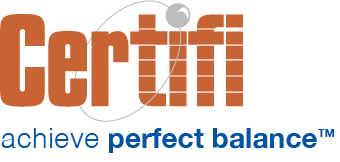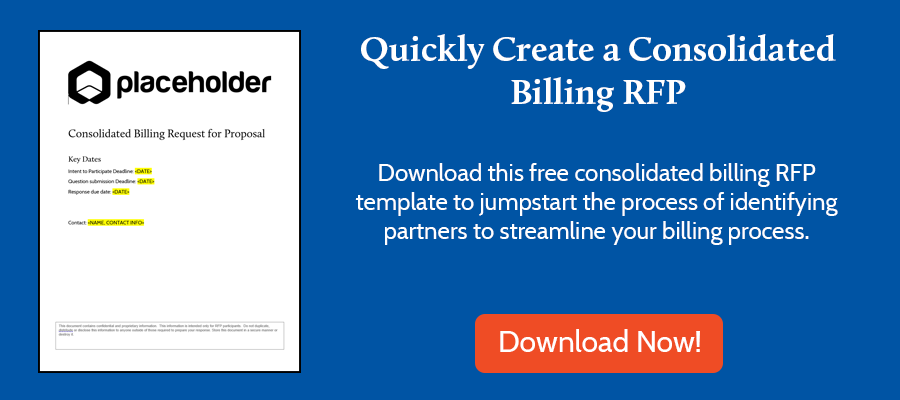You’ve decided to outsource your insurance company’s billing and payment functions. You’ve researched vendors and want to create an RFP to determine who is the best fit for your needs.
What questions should you ask to determine the best solution?
We’ve been a part of many large-scale RFPs. We’ve answered a plethora of questions about insurance billing and payment. Below are the 12 questions we’ve found most insightful in an insurance billing and payments RFP.
What payment methods do you support?
COVID-19 has changed health insurance premium billing. As millions of individuals lost jobs, paying for insurance went from employer payrolls to individual payments. Individuals want to be able to pay in the way that best suits them. Whether that’s a check, an automatic monthly EFT, credit or debit card, or even cash, you need to accept a variety of payment methods.
If you’re selecting a vendor to replace your legacy system, you need to ensure it offers payment flexibility to meet current and future requirements.
What integration formats/standards are supported?
To make transferring data easier and streamline implementation, make sure your vendor supports the relevant file formats and standards. For enrollment data, that’s generally at ANSI 834 file. For payments, that’s an 820 file. If there’s an API interaction required, ensure the vendor can use the appropriate technologies, like XML and JSON, to transfer data.
It’s also important that any other data integration or compliance standards are met. For example, you may require the system to undergo CMS certification for Medicare or Medicaid programs. Or, you may require and review a documented Common Security Framework (CSF).
What standard reports are available? How do I create custom reports?
Reporting is a core function of an outsourced billing and payments system. So you’ll need to ask about specific reports, like a premium history report, monthly payments received summary report, a final bill report, an aging report, suspense report, delinquency balance report, adjustment reports, etc.
When it comes to creating custom reports, determine what type of ad hoc reporting functionality is available should you need to create reports on the fly.
What security measures exist within the system?
Security not only involves user roles and access to data but also the security of the data that resides in the system. So be sure to understand user roles and how they can interact with system data as well as how the system secures data.
It’s also important to understand the data stored in the system. If the system stores elements like social security numbers, tax ID numbers, or personal health information, how does the solution protect that information? Likewise with banking information — does the system keep banking information in a PCI-compliant data store?
What differentiates you from other vendors in this space?
Understanding software features and functionality is important. But understanding how the vendors differentiate themselves from the competition is also important. So ask them. Their answers may provide a better understanding of the product or the strategic vision of the company.
Please include a sample implementation plan that outlines all the necessary steps to launch. Include time duration and resource requirements.
You can tell a lot about a company by its implementation plan. If it’s clearly aligned to the information relayed in your insurance billing and payments RFP, you know the company configures its implementation plan to the specific opportunity. If the implementation plan contains general information and lacks detail, the company may not have performed an implementation similar to yours or generally is less rigid during implementation.
How long will it take between a signed contract and go-live?
This question should indicate how fast a vendor can get up and running based on the specifications in your insurance billing and payments RFP. Asking how long implementation will take can also help you understand the complexity and configurability of solutions. For example, a configurable solution that enables you to toggle on and off a feature set takes less time to set up than a customizable solution requiring code changes to implement.
How often do you upgrade or enhance your product?
Outsourcing billing and payment to a third party is ultimately a build vs. buy decision. You’re likely buying a billing and payment solution for your insurance company so you can modernize your technology. Plus, you can implement new features and functions faster and cheaper than you’d be able to build them.
To learn how a company views product development, ask how often the product is upgraded or enhanced. In addition to learning the frequency, you’ll likely get a good understanding of how new features are released. If one vendor has a quarterly release and another has bi-weekly releases, you’ll better understand how long their development cycle is for new features and how frequently you’ll get fresh functionality.
What percentage of development budget or staffing does the company dedicate to product upgrades and enhancements versus new product development?
You can determine how a company views new development by asking how many resources they assign to product upgrades and enhancements to existing products versus how many resources they devote to new product development. If they spend the majority of their time creating new products, you may find that the product you purchased gets infrequent upgrades or enhancements.
What support staff will your company dedicate to our account and where are they located?
Many businesses mistakenly think they can disconnect the software from the people who support it. When you buy software, you should also probe the background of the team that’s responsible for delivering it. So always ask about the support staff, their credentials and experience, their location, and their availability to your team.
Describe your company’s strategy and the timeline for maintaining and growing your place in the market.
You want a long-term partner that will continue to grow revenue so they’ll remain viable. You want them to be a leader in the market. So always ask for their business strategy and a timeline for achieving strategic milestones. That information helps determine if the potential partner will continue to be viable long-term. You want to avoid choosing a partner only to find two years later that their reputation has stagnated and customers are fleeing them because they lacked a strategic vision to continue profitable growth.
What is the largest number of concurrent users successfully processing via the product in a production environment?
In the past, I worked for a company that released a major piece of software without any kind of stress test. They rolled it out to a Fortune 50 company with hundreds of users and found the solution could only handle 30 concurrent users.
You want to understand the scale of the product. It also delivers peace of mind the system can handle the load that your business will introduce. So ensure you ask a question or questions related to the scalability of the solution.
Certifi’s health insurance premium billing and payment solutions help healthcare payers improve member satisfaction while reducing administrative costs.



